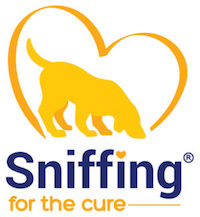Following the FDA’s guidelines for safe food, handling is highly important, but most pet owners aren’t aware of the proper regulations. Many pet parents are not aware that they should be cleaning their pet’s bowls, dishes, and even the entire kitchen. These items carry plenty of harmful bacteria. To be extra careful it’s important to clean your dog’s kitchen and eat supplies as frequently as possible.
Here’s why dog food handling matters:
Food Handling Safety
Salmonella and E. Coli are two of the most common bacteria that you and your dog can come into contact with if proper food handling isn’t taken seriously. While some individuals will exhibit no signs of illness, others can have severe symptoms. Here are some signs to look out for in your dog:
- Diarrhea
- Fever
- Salivation
- Vomiting
- Lethargy
How Often Should I Wash My Dog’s Bowl
It’s likely that you are not washing your dog’s bowl as often as you should. Cleaning the dishes frequently helps to keep everyone in your household safe. The FDA recommends washing your pet’s bowl with hot water and soap after each use. This will ensure that bacteria doesn’t build up over time.
The FDA also recommends not to use your dog’s food bowl as a scooper. Although this can be easier and save more time, it is unsanitary. Instead, have a designated food scooper along with your dog’s food bowl. Make sure to wash both properly after each use.
Best Practices
Along with keeping your dog’s food bowl clean, here are some other FDA-approved methods for keeping your home free of harmful bacteria.
Wash your hands frequently: Wash your hands before preparing your dog’s food and after. Remember to use warm water and soap every time.
Proper dog food storage: Your dog’s food should be stored in a cool, dry, and dark location. If you feed your dog kibble, keep it in its original bag. For storing, fold the top down and secure it with a clip.
Separate storage areas: Store your own food and your dog’s food separately. It’s recommended to store your dog’s food at least 5 feet away from your food to avoid cross-contamination.





No Comments